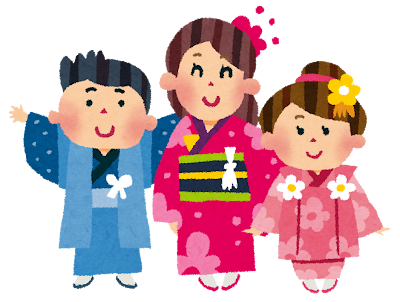Hello! It is the blog: Hou Unique Japan! We always share Japanese features through this web page!
So, what comes today?
This time, we will discuss an event or celebration that promotes healthy child growth. There should be many festivals for children around the world.
Our country, Japan, has the same one but is unique due to the separation of timing. It is by the age of the children.
It means we celebrate our kids when they get three, fine, and seven years old. We then say that the event is Shichi Go San. It is a way of counting numbers in Japan. So, it says, Seven Five Three.
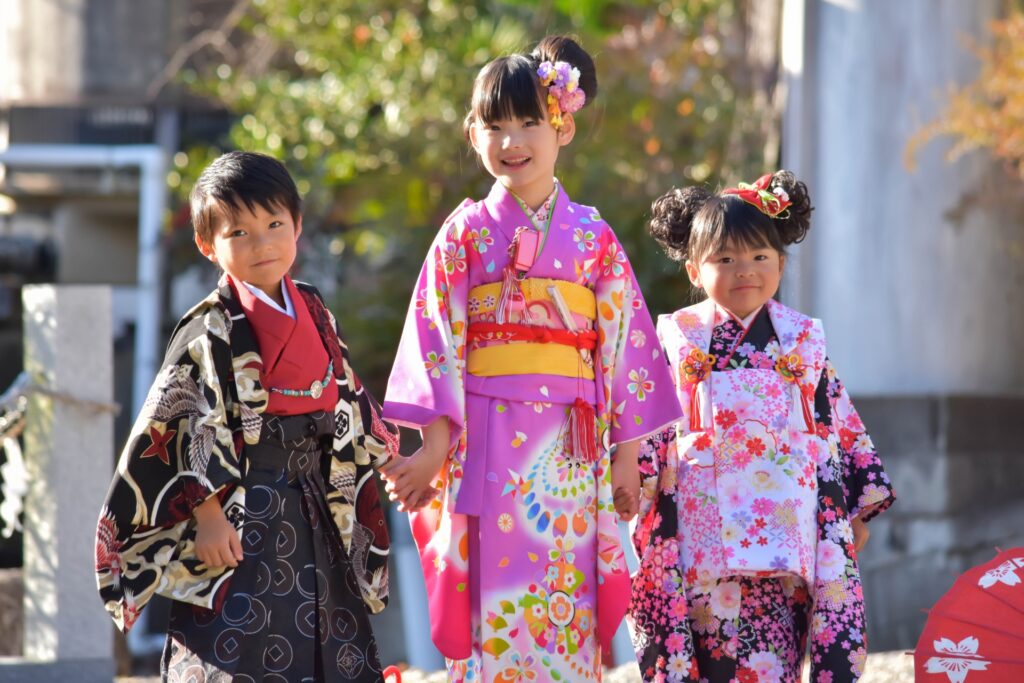
In November, they wear gorgeous kimonos (traditional Japanese clothing), visit shrines, and pray for better approval. The family usually takes photos for the memorial and sometimes holds a party with their relatives and neighbors.
It sounds lovely. Why do we say “Hooray” to our children at seven, five, and three?
Let us see the history behind the event and its details.
The history
First, it originated from a noble’s habit/festival in the Heian era (794 – 1185).
Why did they do those celebrations?
It should be simple.
In ancient times, medical care was rudimentary, lacking effective medicine and surgical techniques.
Therefore, they (the nobility) usually summoned shamans when their kids were sick or were injured.

So, it was natural that they celebrated their precious healthy growth.
It leads to another question.
Why did nobles celebrate their kids when they got such special numbers?
That is because they set the time of the event following their rituals for the healthy growth of the children.
What did they do for the children (in the seventh, fifth, and third ages)?
Details of the events in each age
Three years old
When the children reached three years old, they called them Kami Oki. It means Set the Hair.
During the Heian era, a peculiar practice involved shaving a newborn baby’s head into a bald shape. So, the babies of the era kept their heads shaven.
When they reached three years old safely, their hair should have grown enough to cover their forehead.
Shaved-head babies live their lives until the hair covers their heads. It is the meaning of the celebration.
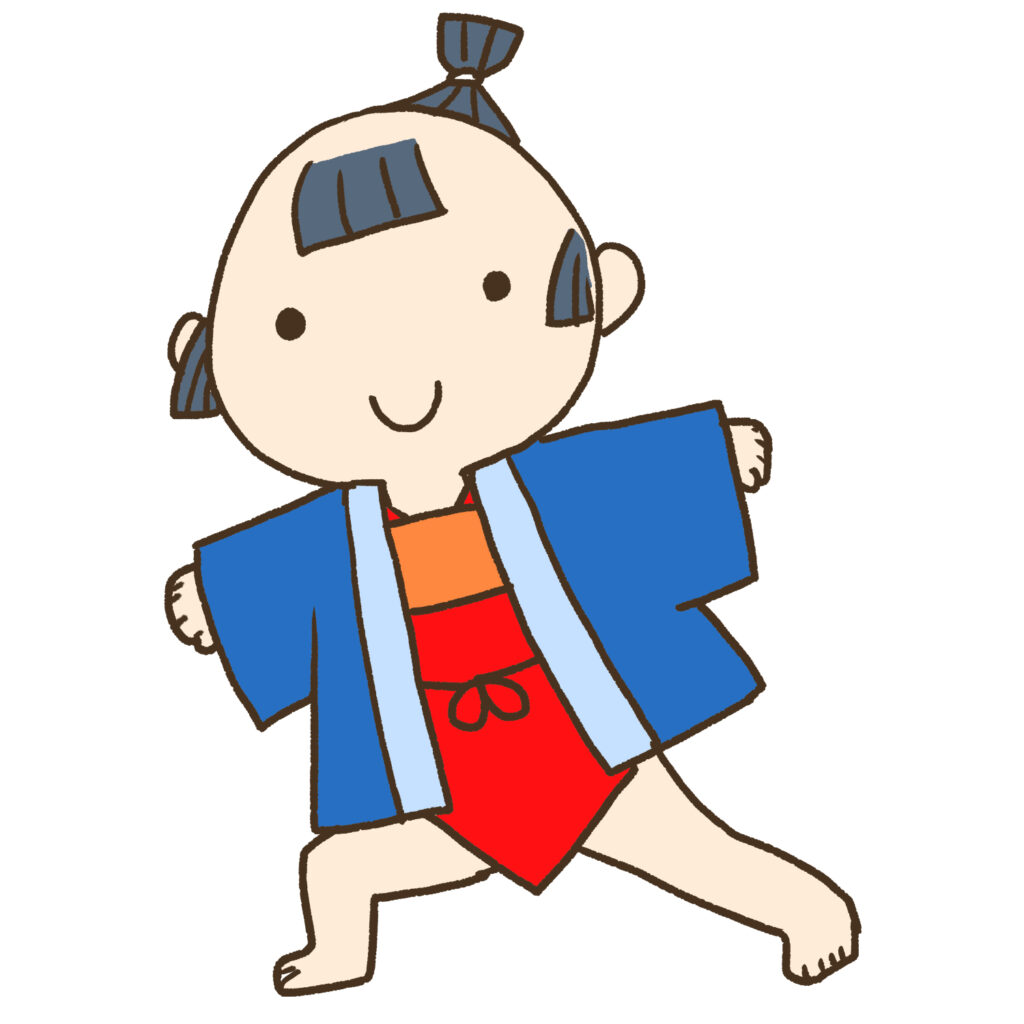
Then, what does it mean to celebrate for a five-year-old kid?
Five years old
When they (children) reached this age, the nobility allowed them to wear Hakama (Japanese traditional trousers) because they grew taller than just one piece of cloth (Kimono).

The nobility then named the ritual Hakama Gi (wearing Hakama).
Thus, such a milestone became one part of Shichi Go San.
OK. What is the last one (Seven years old)?
Seven years old
It is the same as trousers. At this age, children can finally wear the kimono. Under seven, they wore a simple one-piece with a tie at the waist.
Indeed. The children got enough to behave like adults. This milestone means that.
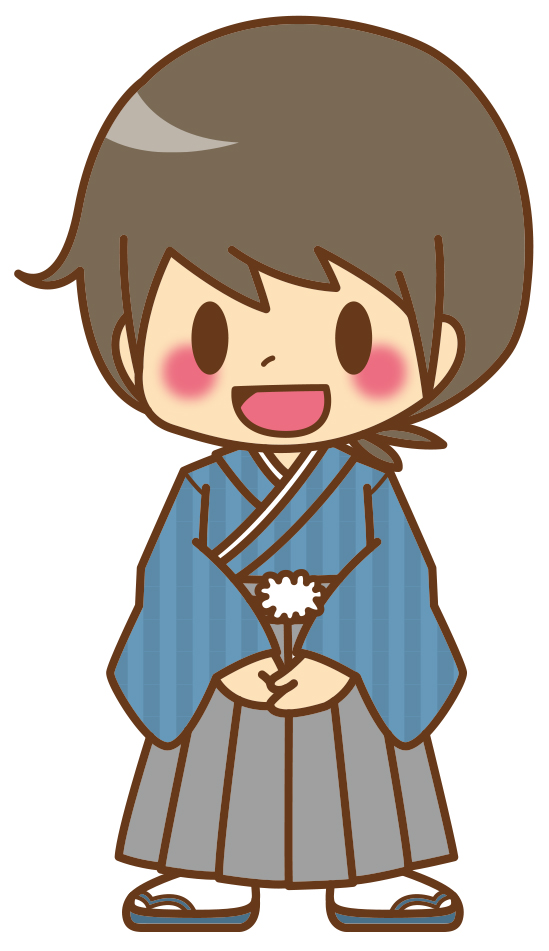
By the way, why is it around November? The answer is simple. The Fifth Shogun in the Edo era prayed for the smooth improvement of his son in that month. Since then, the event has become popular among the citizens.
That is why the event is in November.
One more feature of Shichigosan
We can not leave a special sweet behind for this celebration. It is a candy called Chitose Ame (Chitose means one thousand years old, and Ame is candy).
Around the season, Shrines (even Convenience stores) sell that candy. The sweet was also born in the Edo era (1603-1867).
The sharpness is unique. It looks like a thick plastic drumstick. It means parents pray for a long life for their precious ones. That is why the candy looks like a long stick.
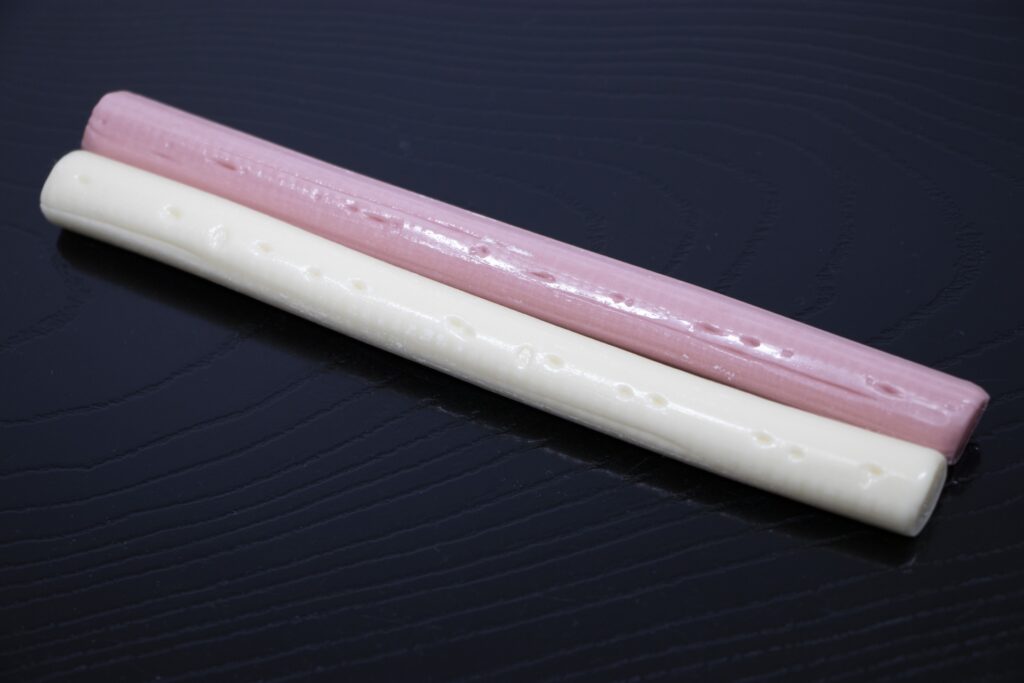
The ingredients are simple. The candy consists of starch syrup and sugar.
Nowadays, there are several flavors available. The most popular flavor is strawberry milk. It follows the matcha flavor.

To close
It is all for Shichigosan! But please remember. Such an event is one of the enormous seasonal events in Japan.
Check the other one. You would be surprised by the multiple ceremonies in each prefecture, forty-eight prefectures in Japan.
Our blog keeps track of them, though we know we can never fully capture the uniqueness of Japan.
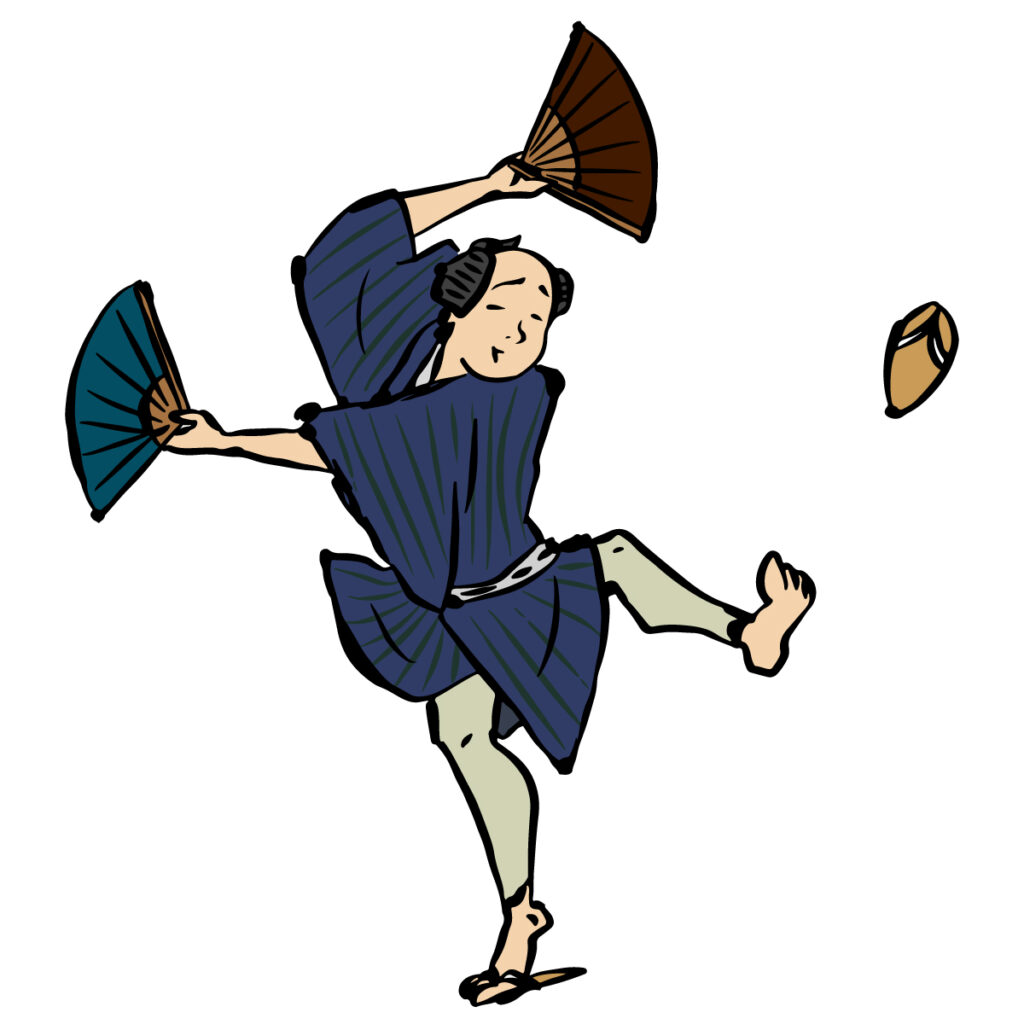
We now have four categories: Japanese Lifestyle, Food, The Edo era, and Religions.
They are on the front page of our blog.
If you are still curious about our culture, please take a look.
Thank you so much for reading this article!
See you for the next article!
